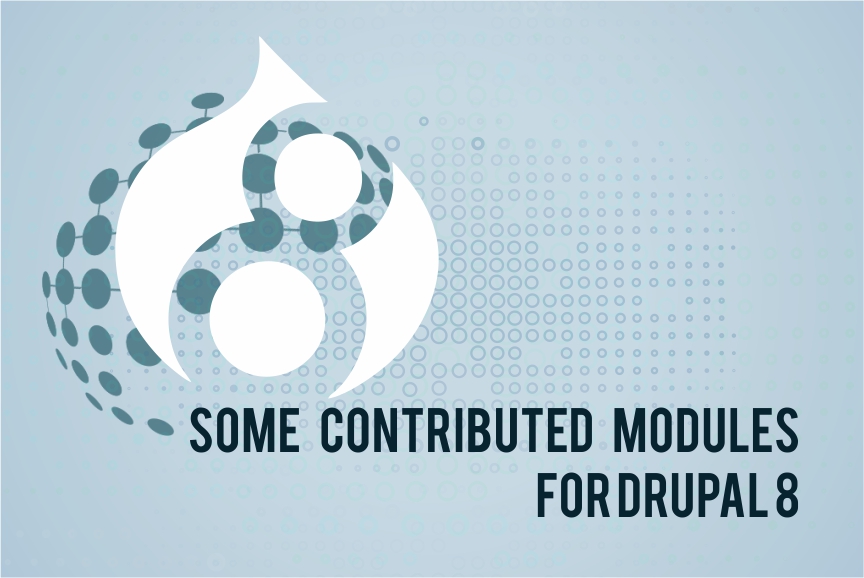Drupal 8, the newest CMF version with lots of innovations we told you about (in Part 1 and Part 2), has been around for half a year now. The tireless community members keep working every day on making it better.
A special mission for web developers is to migrate Drupal 7 modules to Drupal 8 and create new modules for it. In May, a bunch of great contributed modules for Drupal 8 appeared, and we have picked some of them for you to take a look at.
The Backup and Migrate module makes the task of preserving your Drupal site's data easy. You can back up and restore your database, copy databases between two Drupal sites, and migrate your site between environments. The Backup and Migrate module supports automatic scheduled backups, Drush integration and more.
Create a calendar on your Drupal website quickly and easily with the Calendar module. All you need is to click the upper left button to add your dates. You can choose the time format for displaying the data: by day, by week, by month or by year. The “previous” and “next” navigation buttons are also provided. This module is now being actively ported to Drupal 8.
If you want to build your own theme that complies with all modern standards, the Zen theme would be one of the easiest options to start with. Its great features include HTML 5, mobile-first responsive design, component-based CSS, libSass, Gulp.js, an innovative SaaS plugin Zen Grids, and much more.
The Chaos tool suite is more than just a tool but a set of tools such as Form wizard, Exportables, CSS tools, Modal dialog, Object caching and many others. They are meant to make a Drupal developer’s life easier. The set also includes a module called the Page Manage, which is self-explanatory: its mission is to manage pages.
Meta tags (or structured metadata) are considered to be very important for a website’s search engine rankings. The Metatag Drupal module’s task is to automatically provide meta tags for your Drupal website. It offers various options and settings for your convenience.
Arrange your content (nodes, comments, views and more) the way you want it to be displayed. The Display Suite module has a handy drag and drop interface for that. The module has significant changes in Drupal 8 like the use of Twig for layouts and field templates, Search API pages as an alternative for the search functionality, and many more.
An XML sitemap helps search engines easily find their way through a website. There is a special Drupal module that creates sitemaps according to sitemaps.org specification, and can automatically submit them to search engines. It also has included a couple of useful submodules.
Hope you found this little selection useful. If you are interested in deeper insights into Drupal 8 with more technical details, welcome to check out our Drupal developers’ blog posts.
Read also:
Theming in Drupal 8: tips and examples for developers
Creating modal windows (pop-ups) in Drupal 8: full tutorial

